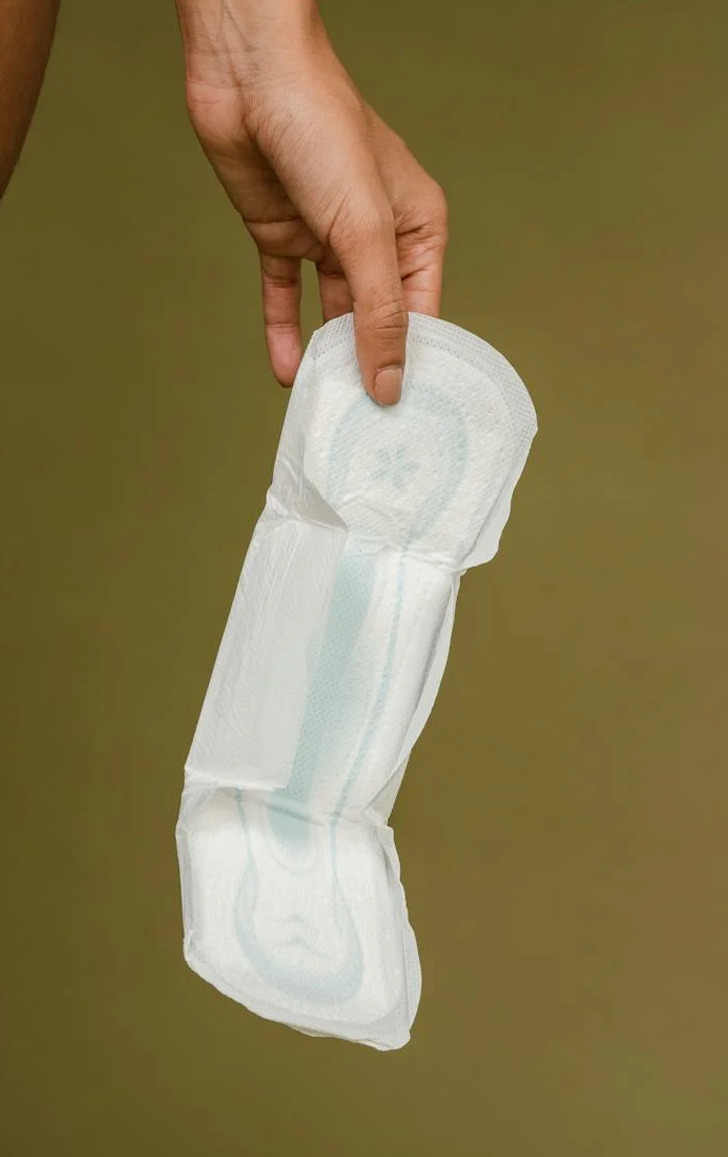
These findings were shared in a journal called JAMA Network Open on May 29, 2024.

They used data from the Apple Women’s Health Study. The study involved researchers from Harvard T.H. Chan School of Public Health and the National Institute of Environmental Health Sciences (NIEHS). The tech company Apple also participated in the research.
By looking at information about menstrual cycles from 71 341 people using iPhones and Apple Watches, they found out that girls nowadays are getting their first period at around 11.9 years old if they were born between 2000 and 2005. Comparatively, those born between 1950 and 1969 got their first period at around 12.5 years old. The study highlights a decreasing trend in the age of first menstruation over generations. This suggests potential shifts in factors influencing puberty timing.
These trends may contribute to the increase in adverse health outcomes and disparities in the U.S.

People in the study who identified as Asian, non-Hispanic Black, or multiracial said they got their first period at an earlier age compared to White people. Dr. Zifan Wang, the main researcher, noted that younger generations, from 1950 to 2005, were starting their first period earlier. It took longer for their periods to become regular, according to the findings.
Dr. Wang mentioned that this is important because starting periods early and having irregular ones can indicate potential health problems later in life, which need attention. He also emphasized that these changes might lead to more health issues and differences in the U.S. This highlights the significance of understanding and addressing these trends for public health purposes.
The researchers who worked on the study said that starting periods early could happen because of many reasons.

They pointed out that being overweight is a risk factor for starting puberty early, suggesting a potential link between obesity and early onset of menstruation. Given the increasing prevalence of overweight children in the U.S., they hypothesize that obesity might contribute to the trend of girls starting their periods earlier.
Moreover, the researchers discussed other factors that might influence puberty timing, such as environmental factors, dietary habits, stress, and adverse childhood experiences. These factors could play a role in the changes observed in menstrual onset age and warrant further investigation.
Researchers also found that body weight at the time of menarche plays a big part in this trend.

Understanding the importance of early menarche and its association with health issues is crucial. While earlier menarche trends have been noted in the US, there’s limited data on differences based on sociodemographic factors and body mass index (BMI). Additionally, the time from menarche to cycle regularity is another aspect with health implications that hasn’t been studied much.
Results showed a decrease in the mean age at menarche over time, with more people experiencing early menarche and fewer reaching regularity within 2 years. The trend toward earlier menarche was stronger among certain racial and ethnic minority groups and those with low socioeconomic status.
Exploratory analysis suggested that BMI explained a significant portion of the temporal trend in age at menarche. These findings highlight potential contributors to adverse health outcomes and disparities in the US related to puberty timing.
Preview photo credit Sora Shimazaki / Pexels, Marta Branco / Pexels







